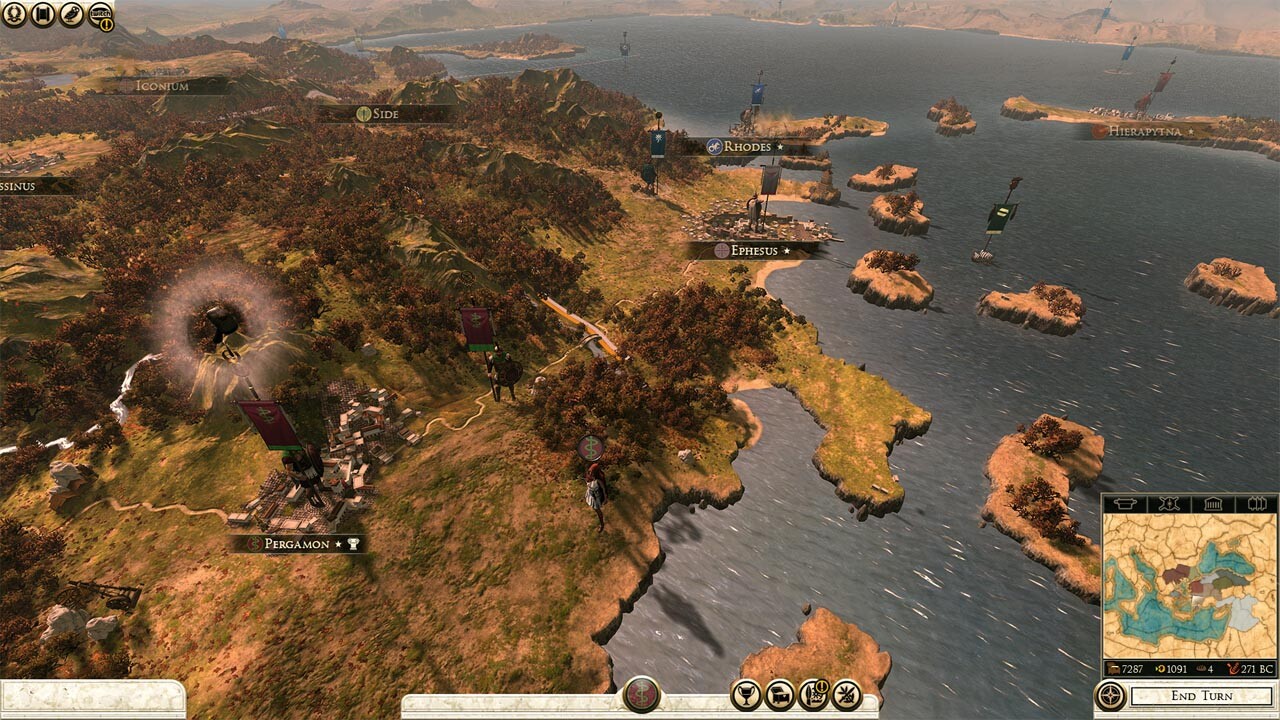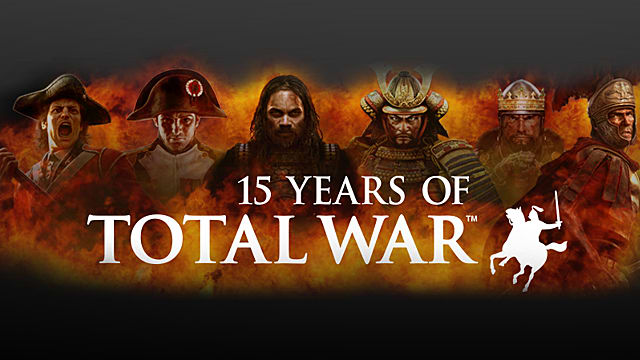
Since the death of Emperor Valentinian I and the division of the empire, the weaknesses in the West have rapidly begun to show and edge the empire closer to ruin. When the game begins, playing as the Western Roman Empire, players will face waves of hordes entering their borders as the arrival of the Huns in the east and the devastation they have caused have forced them to flee in search of new homes. With the split of the empire both sides face multiple threats on all sides, including internal instability undermining each of the young emperors' control as part of the long-term repercussions of the Third-Century Crisis. Since the days of Diocletian it has become a custom to divide Rome as the pressures to govern the empire have become too much for a single emperor to handle. Upon the death of Emperor Theodosius I in 395 AD, the empire is divided between his sons who each rule a half: Honorius in the West, and Arcadius in the East.

Historical setting of Roman factions Īt the dawn of the Dark Ages the Roman Empire descends into chaos due to volcanic changes rocking the empire as apocalyptic signs foretell of a great scourge to sweep across Europe. These province capitals have more building slots than the other settlements and are also walled at the start of the game, though in a change from Rome II the small settlements can eventually be upgraded to have walls. The largest settlement in a province is designated as the province capital. The map of Total War: Attila further extends into modern-day Russia in lieu of the eastern provinces of the Hindu Kush found in Total War: Rome II, shifting the player's attention to the nomadic Huns. The number of cities and regions is different from Total War: Rome II, but the size of the map is similar. Provinces are groupings of three regions, and each region within a province can be conquered separately.

The campaign map for Total War: Attila spans from Bactria to Lusitania and from Caledonia to Garamantia in the Sahara.

1.2 Historical setting of Roman factions.


 0 kommentar(er)
0 kommentar(er)
